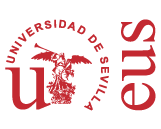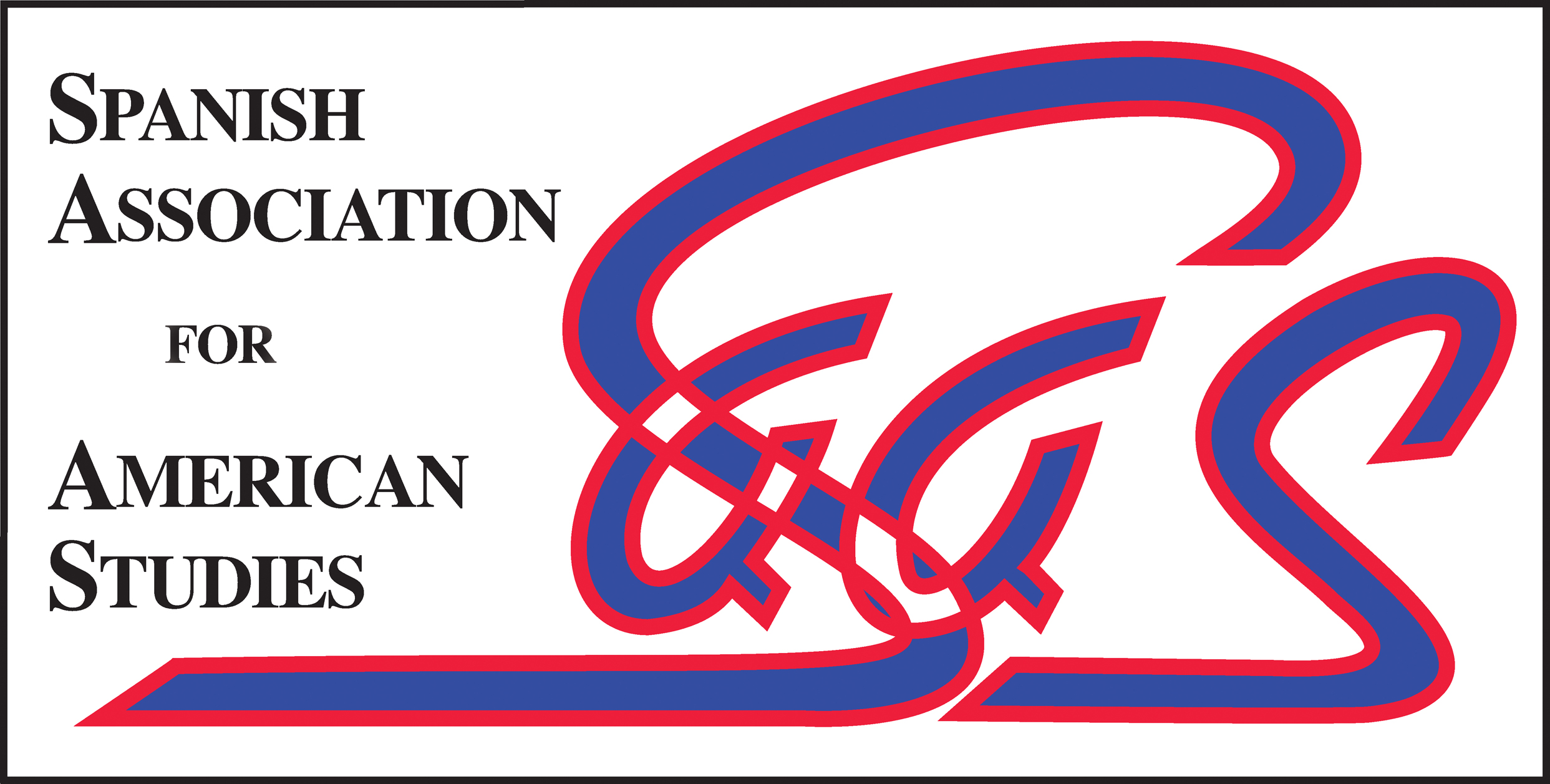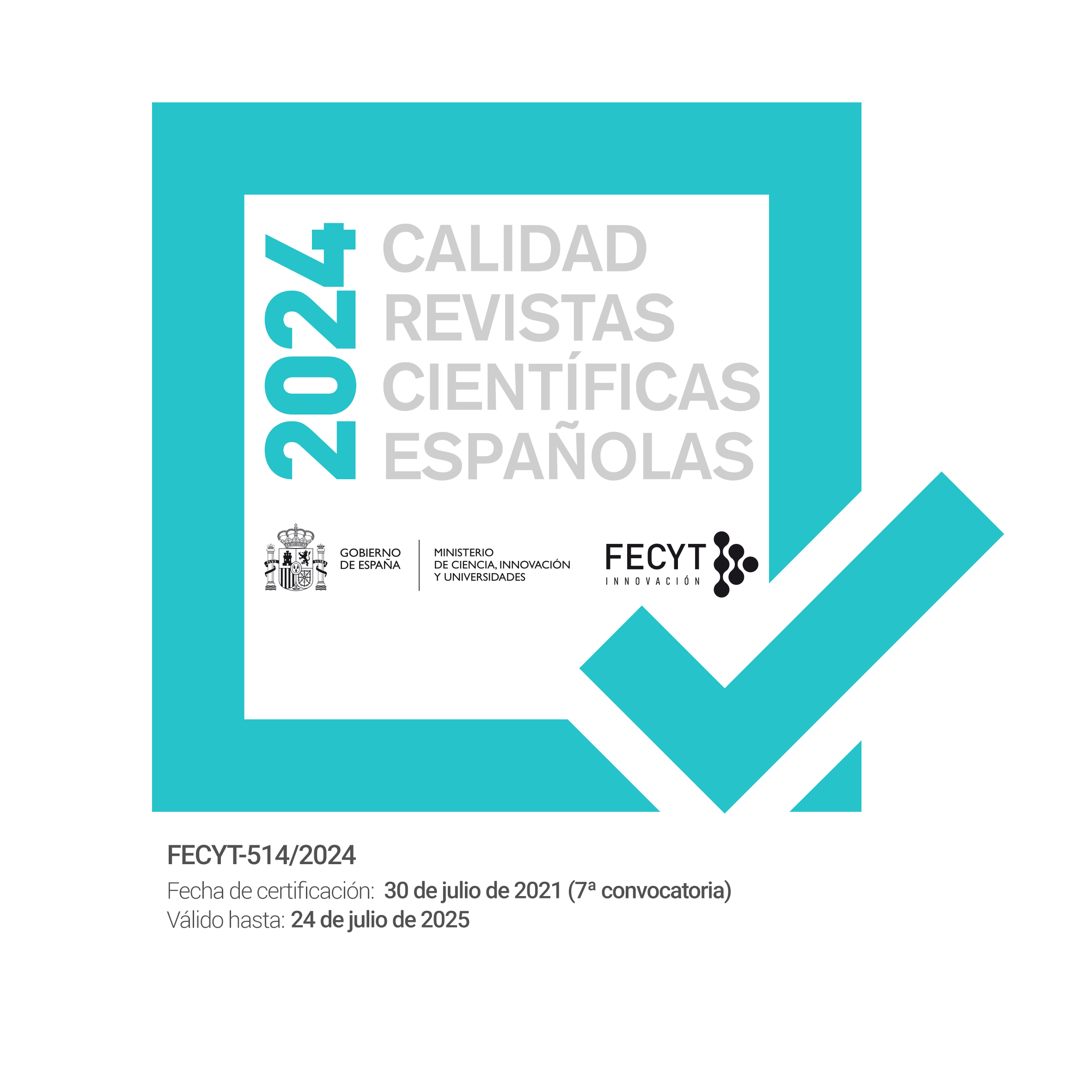Wasteland Scenery and Technological Suicide in Kurt Vonnegut’s Apocalyptic Narrative: Admonishment and Exhortation
Abstract
ABSTRACT: Virtually every work by Kurt Vonnegut expresses ideas of oncoming disaster. A dark mood of pessimism seems to pervade them alongside scenes of progressive decay, both morally and physically characterising the human world. Human activity simultaneously wreaks havoc on the surrounding natural environment, and the effects of any technological breakthrough resemble a curse more than a blessing, due to the ultimate ill use of Science. Vonnegut is convinced that this fatalistic cycle, by which human beings only make things worse for themselves, rather than improve their condition, is a product of their self-deluding nature, and a lack of elementary awareness. Humans are distracted by the superficial and are misled by narrowminded points of view. Hence, an unconscious denial of truth, a failure in the recognition of their erroneous procedures, may lead to inevitable tragedies in the long run. The natural elements in Vonnegut’s plots, such as animals, contrast vividly with humans in the way they carry on with their existence. These animals are usually exponents of harmony and well-being; they symbolise the sense of natural balance which is so commonly altered by human intervention. Among such creatures, there is a predominant presence of birds in Vonnegut´s narrative, and the most significant appearances are those performed by a small one that utters the sound “poo-tee-weet” on several occasions. Although it may seem unimportant at first glance, a closer view shows that the tiny animal acts as the voice of Nature, in an attempt to warn the human being of the possible consequences brought about by his unawareness. In conjunction with this idea, Vonnegut himself acknowledges the importance of prevention within his mission as a writer.
RESUMEN: Prácticamente todas las obras de Kurt Vonnegut transmiten ideas de desastre inminente. Un ánimo pesimista parece dominar en ellas, además de referencias a un deterioro progresivo del mundo humano, tanto en términos morales como físicos. Las actividades humanas tienden a perjudicar el hábitat natural circundante, y los efectos de cualquier adelanto tecnológico resultan más destructivos que beneficiosos, debido a un definitivo mal uso de la ciencia. Vonnegut está convencido de que esta dinámica fatalista, mediante la cual los seres humanos, lejos de mejorar su condición, tan sólo la empeoran, se debe tanto a su tendencia al autoengaño como a la falta de una mínima concienciación al respecto. Las personas se dejan confundir por lo superficial y son fácilmente dominadas por ciertas ideas de mentalidad cerrada. De ahí que una inconsciente negación de la verdad y la falta de reconocimiento de los errores cometidos deriven, tarde o temprano, en tragedias inevitables. Los elementos naturales que aparecen en la narrativa de Vonnegut, tales como animales, contrastan frontalmente con el modo de vida de los humanos. Dichos animales suponen ejemplos de armonía y bienestar, simbolizando el equilibrio natural que tantas veces se ve alterado precisamente por la intervención del hombre. Entre tales criaturas predominan las aves, bastante prolíficas en las obras de Vonnegut, destacándose las significativas apariciones de un pequeño pájaro que emite el sonido “poo-tee-weet” en varias ocasiones. Aunque pueda parecer insignificante a primera vista, un análisis más detallado muestra que dicho animal actúa como la voz de la naturaleza, intentando advertir al ser humano de las posibles consecuencias de su actitud inconsciente. En combinación con esta idea, Vonnegut además reconoce la prevención como una labor importante en su misión como escritor.
Downloads
Metrics
Downloads
Published
How to Cite
Issue
Section
- Abstract 122
- PDF 47














